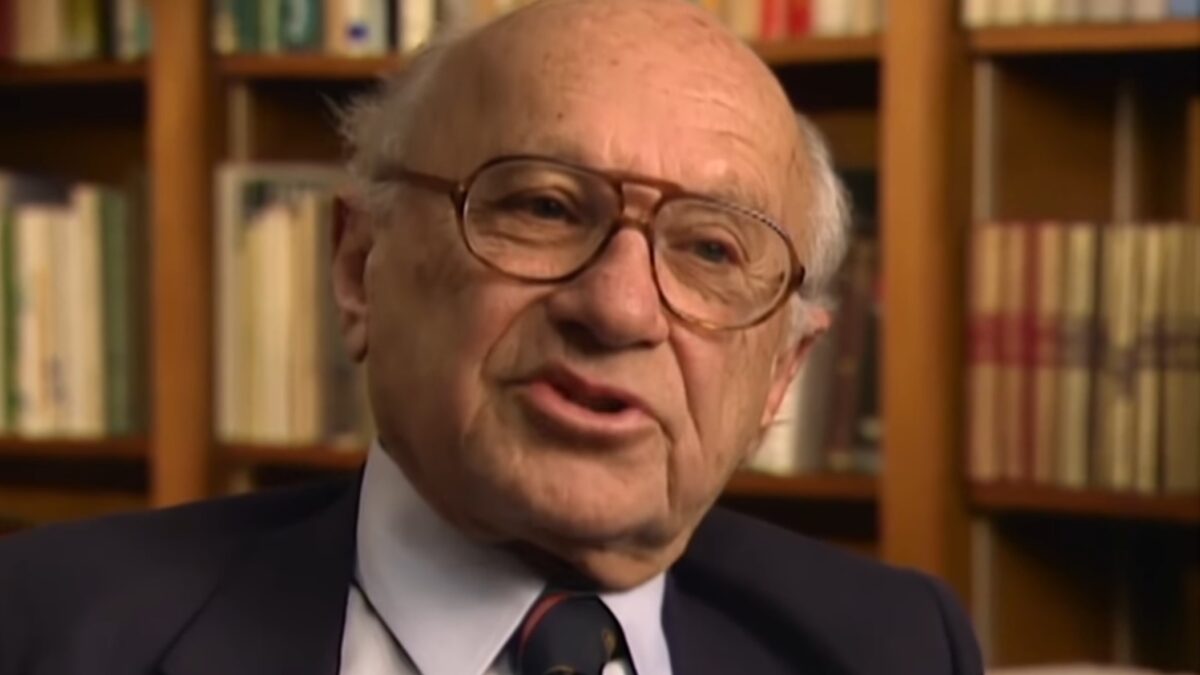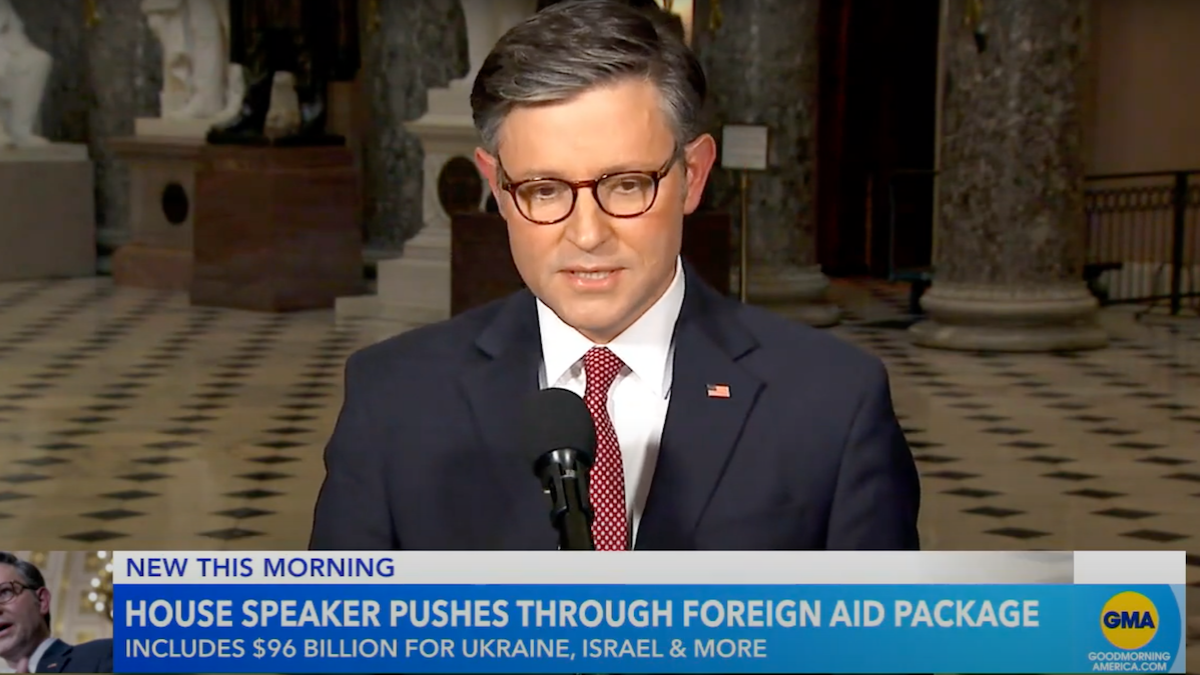The application for President Biden’s student loan forgiveness plan recently became available to the public, reopening debate on the federal government’s role in the matter. The economist Milton Friedman offered a particularly innovative, yet politically infeasible, solution to the conundrum in his 1962 classic, “Capitalism and Freedom.”
Friedman advised the adoption of income share agreements. In such agreements, a borrower would take out loans from an institution, typically the federal government, that is willing to invest in his or her education. The borrower “in return would agree to pay to the government in each future year a specified percentage of his earnings in excess of a specified sum for each $1,000 that he received from the government.”
This presents a rather elegant solution to the longstanding concern. As Friedman noted, such an arrangement would ensure that the individuals who received the education “would in effect bear the whole cost. The amount invested could then be determined by individual choice.”
The efficacy and efficiency of this proposal stand in stark contrast to the recent incompetent and ineffective actions of the Biden administration’s proposal to forgive $10,000 to $20,000 of student loan debt per borrower. While the discussion of such a plan would not have been prevalent in the ’60s, we can extrapolate, with significant ease, Friedman’s views on the subject using his treatment of direct subsidization of professional education in his book as a guide.
Indeed, what is the forgiveness of student loans but the subsidization of those individuals’ education by the federal government? In Friedman’s words, such subsidization results in “an entirely arbitrary and almost surely perverse redistribution of income.” To use a contemporary political talking point to illustrate the concept: The government is increasing the tax burden on plumbers, electricians, and other trade workers to pay for other people’s gender studies, fine arts, or similarly less-than-lucrative degrees.
The economic ills resulting from such a policy are numerous and severe. The first consequence is a surplus in college-bound students, the causes of which are not difficult to surmise. Friedman rightly asserted that “[i]nvestment should be carried to the point at which the extra return repays the investment and yields the market rate of interest on it.” It is surely only common sense that you should not pursue an investment if it does not yield sufficient returns. However, “[i]f the investment is in a human being, the extra return takes the form of a higher payment for the individual’s services than he could otherwise command.”
So, Friedman argued, “[i]f the investment were subsidized, [the student] would have borne none of the costs. In consequence, if subsidies were given to all who wished to get the [education] … there would tend to be over-investment in human beings since individuals would have an incentive to get the [education] so long as it yielded any extra return over private cost.”
In following this logic, it may even be argued that the current educational subsidies and aid offered to the public produce a surplus of college-bound students. And this surplus, in turn, likely has contributed to the shortage of trade workers and skilled laborers.
If we wish to have the most efficient ordering of our limited economic resources and produce the ideal number of college-educated and non-college-educated citizens alike, then, as Friedman postulated, “[i]ndividuals should bear the costs of investment in themselves and receive the reward.” He argued that “the free choice of individuals” tends to “produce the optimum amount of investment.”
The second ill arising from so-called student debt forgiveness and subsidization is closely related to the rationale for individual choice. It is a person’s very choice that best distributes investment, not a third party’s centralized planning. So when the government mandates a “redistribution of income” through overinvestment in higher education, it constricts the capital available for more efficient private investment.
Such a “perverse” transfer of wealth also leads to an erosion of property rights. This erosion subsequently limits the attractiveness of certain investments, which, combined with the symptoms explored above, severely limits the amount of private economic investment compared to what the market alone would tolerate.
These factors, in tandem, invariably produce worse economic outcomes and decreased financial opportunities.









